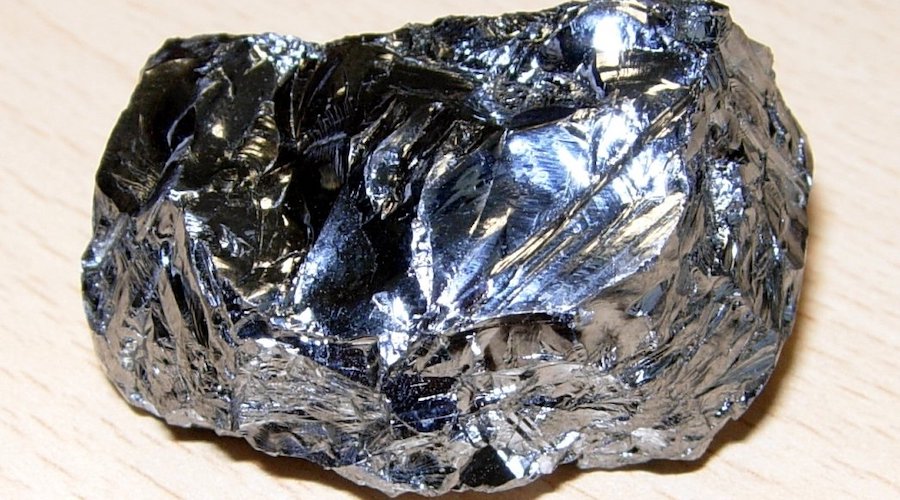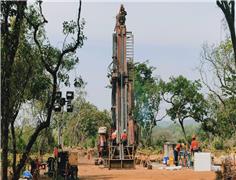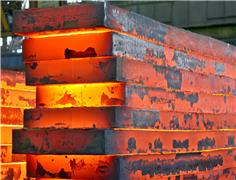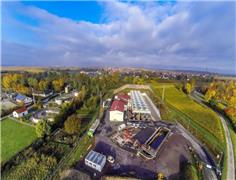- Write by:
-
Friday, August 12, 2022 - 14:26:32
-
577 Visit
-
Print

Mining News Pro - Researchers at the Japan Advanced Institute of Science and Technology (JAIST) are proposing a solution to some of the issues plaguing silicon micron-particles (SiMP), which hinder their use in lithium-ion batteries.
Despite the energy capacity of silicon as an electrode material, it is normally disregarded because of a lack of mechanical stability arising from uncontrolled volume expansion upon lithiation – the process of combining with a lithium-ion – and also because of rapid energy fading caused by the formation of unstable solid-electrode interface (SEI) formation.
In a paper published in the Journal of Materials Chemistry A, the JAIST team reported a holistic approach to synthesizing novel and highly resilient SiMPs consisting of black glasses (silicon oxycarbide) grafted silicon as anode material for lithium-ion batteries.
“Silicon nanoparticles might provide increased effective surface area but that comes with its own drawbacks like increased consumption of electrolyte as well as poor initial coulombic efficiency after a few cycles of charging and discharging,” research lead Noriyoshi Matsumi said in a media statement.
“SiMPs are the most appropriate, low-cost, and easily available alternatives, especially when combined with materials that have exceptional structural properties, such as silicon oxycarbide black glasses.”
Matsumi explained that the team designed a core-shell type material where the core was made up of SiMP coated in a layer of carbon and then the silicon oxycarbide black glasses were grafted on as the shell layer.
The prepared materials were then used in an anodic half-cell configuration to test their ability to reversibly store lithium under different potential windows.
The screening showed that the material has great lithium diffusion ability and reduced internal resistance and overall volumetric expansion. It also showed a 99.4% retention of energy capacity even after 775 cycles of charging and discharging. In addition, the material exhibited great mechanical stability throughout the testing process.
In the scientists’ view, these results have opened up new pathways for the application of silicon in next-generation secondary lithium-ion batteries.
Matsumi pointed out that the upscaling ability of this synthesis process can help bridge the gap between laboratory research and industrial applications in the field of energy storage. This is particularly important for producing low-cost electric vehicles.
“Our methodology offers an effective avenue for the development of high-performance anode materials for energy-efficient lithium-ion batteries, which is an essential building block towards creating a sustainable and low-carbon tomorrow,” he said.
Short Link:
https://www.miningnews.ir/En/News/621963

A prefeasibility study for Predictive Discovery’s (ASX: PDI) Bankan gold project in Guinea gives it a net present value ...

Chile’s state-run miner Codelco plans to select a partner for a future lithium project in one of the country’s top salt ...

Chile’s SQM called another investors meeting at the request of its second-largest shareholder, Tianqi Lithium Corp., ...

Iron ore futures prices drifted higher on Thursday as the latest soft data from top consumer China triggered renewed ...

Lithium supplier Vulcan Energy on Wednesday announced the start of production of the first lithium chloride at its ...

Rio Tinto said on Wednesday it is teaming up with a global venture studio and start-up investor to back the development ...

Outflows from global physically backed gold exchange traded funds (ETFs) continued for a 10th month in March, but at a ...

A stuttering recovery in lithium prices is providing a fresh reminder of why the dramatic rally of recent years was ...

Australia’s Fortescue said on Monday it would form a joint venture with OCP Group to supply green hydrogen, ammonia and ...
No comments have been posted yet ...